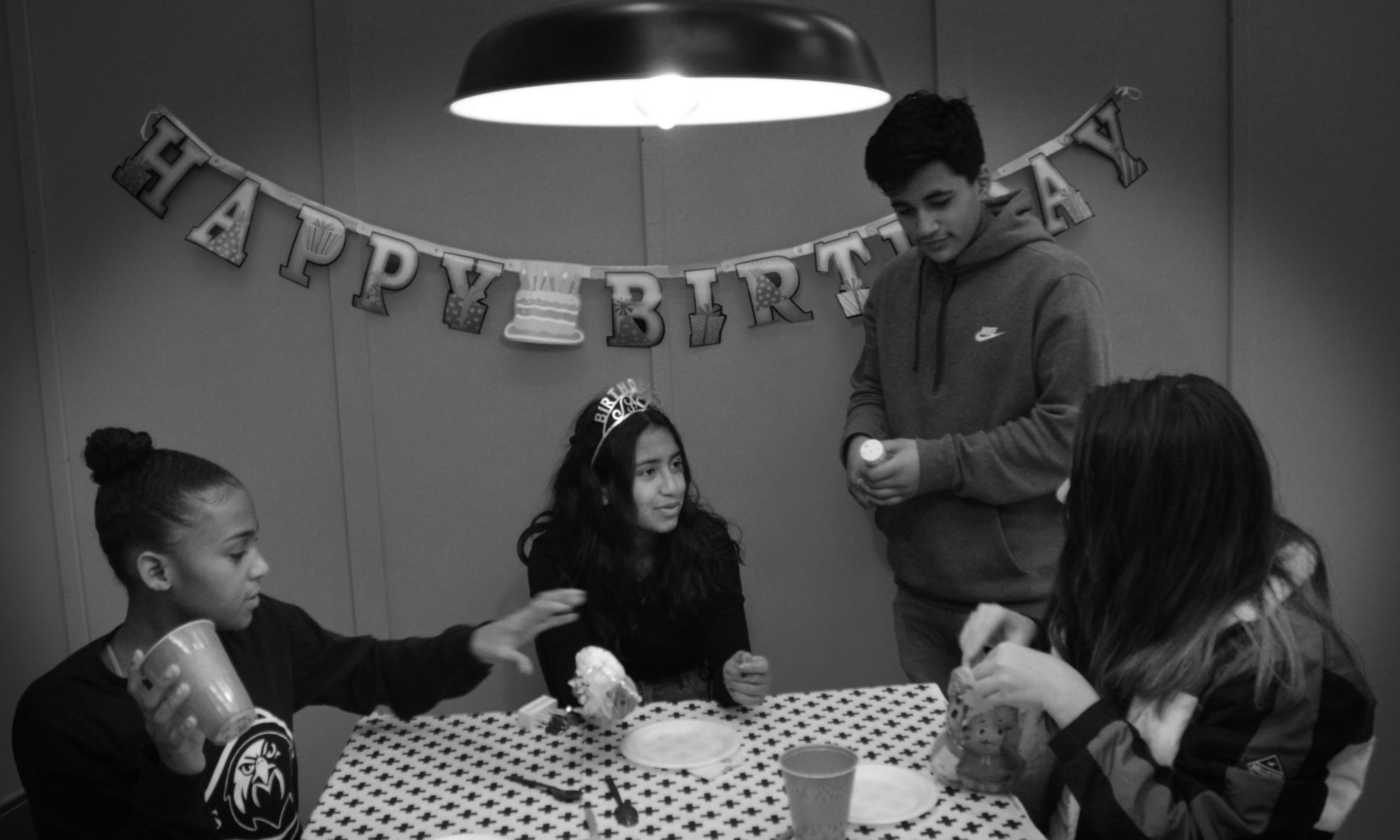For this project, I had to take legos and set them up to look like humans. I had to make the poses realistic and make it so the environment that the characters were in looked like a human environment, from the stuff in the backgrounds to the proportions of lego object to actual object. While I was taking my pictures, I had to use concepts I had learned throughout the year, from framing to rule of thirds. I believe that the most challenging part of this project was making the legos look like they were the right size to fit in the environment they were in. For example, if you wanted your character walking down a side walk, you couldn’t use an actual sidewalk, because that would be much too big for a lego person. You would have to find a much thinner object to place your lego on so that the proportions of lego to sidewalk are the same as a usual human to a sidewalk. If I were to take more pictures of lego characters, I probably would do some unique situations, such as flying in an airplane or jumping off a diving board.
For the rest of my photos, click here.











